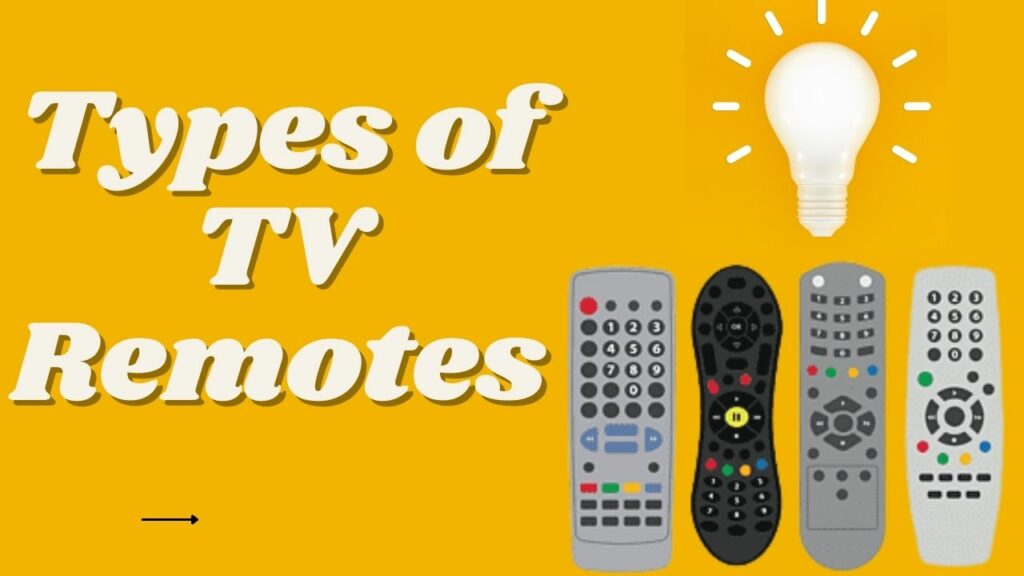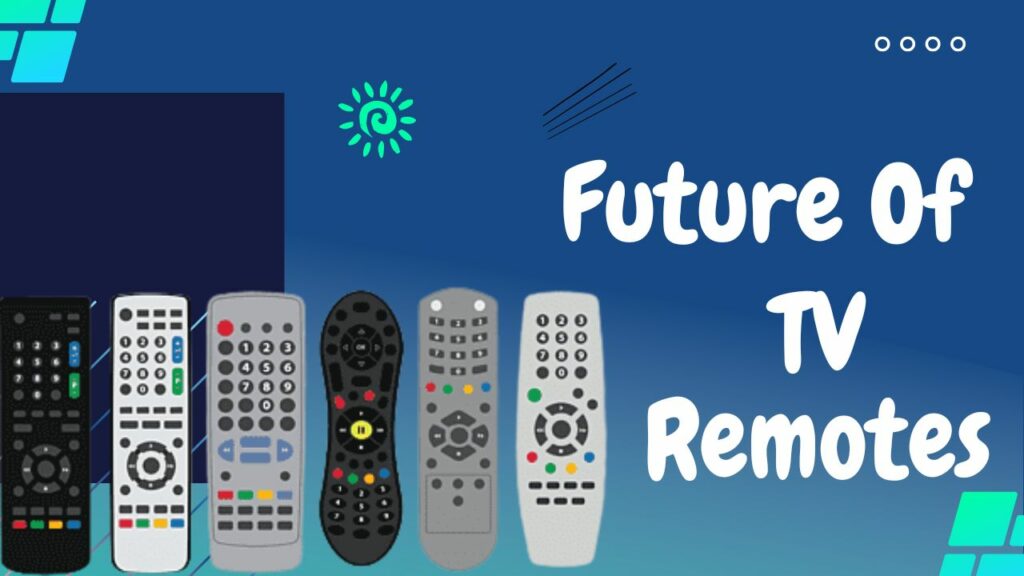TV remotes are ubiquitous in modern households, allowing viewers to control their TVs from the comfort of their couches. However, have you ever wondered how these small devices work? In this article, we will provide a comprehensive guide to help you understand How do TV remotes work. We will explore the history of TV remotes, the technology behind them, and the various types of remotes available on the market.
The History of TV Remotes
The First TV Remote
The first TV remote was called the “Lazy Bones” and was invented by Eugene Polley in 1955. The Lazy Bones used a cable that ran from the TV to the remote, allowing viewers to change channels and adjust the volume without getting up from their seats.
The Evolution of TV Remotes
TV remotes have come a long way since the Lazy Bones. In the 1980s, infrared (IR) technology was introduced, allowing viewers to control their TVs without a physical connection. In the 1990s, radio frequency (RF) remotes were introduced, which provided greater range and did not require line-of-sight. In recent years, Bluetooth and Wi-Fi remotes have become increasingly popular, allowing viewers to control their TVs using their smartphones or tablets.

The Modern TV Remote
Today’s TV remotes are sleek, lightweight, and easy to use. They come in various shapes and sizes, from traditional button remotes to voice-activated remotes that allow viewers to control their TVs using simple voice commands.
The Technology Behind TV Remotes
Infrared (IR) Remotes
IR remotes use infrared light to transmit signals to the TV. The remote sends a specific code, which is picked up by a sensor on the TV. The sensor then processes the code and performs the desired action, such as changing the channel or adjusting the volume.
Radio Frequency (RF) Remotes
RF remotes use radio waves to transmit signals to the TV. They have a greater range than IR remotes and do not require line-of-sight. RF remotes are commonly used in home theater systems, where the TV may be hidden from view.
Bluetooth Remotes
Bluetooth remotes use Bluetooth technology to communicate with the TV. They are commonly used with smart TVs and allow viewers to control their TVs using their smartphones or tablets.
Wi-Fi Remotes
Wi-Fi remotes use Wi-Fi technology to communicate with the TV. They are typically used with smart TVs and allow viewers to control their TVs using their smartphones, tablets, or computers. Wi-Fi remotes offer advanced features such as the ability to browse the internet or stream content directly from the remote.
Types of TV Remotes
Universal Remotes
Universal remotes are designed to control multiple devices, such as TVs, DVD players, and cable boxes. They are programmable and can be customized to control a wide range of devices.

Standard Remotes
Standard remotes are the most common type of TV remote. They are designed specifically for a particular TV model and have a set of buttons that perform specific functions, such as changing the channel, adjusting the volume, and turning the TV on and off.
Smart Remotes
Smart remotes are designed for use with smart TVs and offer advanced features such as voice control and the ability to browse the internet or stream content directly from the remote.
Voice-Activated Remotes
Voice-activated remotes allow viewers to control their TVs using simple voice commands. They use advanced speech recognition technology to understand and interpret the user’s commands.
How Do TV Remotes Work?
Infrared (IR) Technology
When a button is pressed on an IR remote, a signal is sent to an LED on the remote, which emits an IR signal that is received by a sensor on the TV. The sensor then processes the code and performs the desired action.
Radio Frequency (RF) Technology
RF remotes use radio waves to communicate with the TV. The remote sends a signal to a receiver on the TV, which then processes the signal and performs the desired action.
Bluetooth Technology
Bluetooth remotes communicate with the TV using Bluetooth technology. The remote sends a signal to the TV, which then processes the signal and performs the desired action.
Wi-Fi Technology
Wi-Fi remotes use Wi-Fi technology to communicate with the TV. The remote sends a signal to the TV over a Wi-Fi network, which then processes the signal and performs the desired action.
Troubleshooting TV Remotes
Replacing Batteries
If your TV remote stops working, the first thing you should check is the batteries. Test the remote again after replacing the batteries.
Cleaning the Remote
Dirt and debris can build up on the buttons of a remote, causing it to malfunction. Clean the remote with a soft, damp cloth to remove any dirt or debris.
Resetting the Remote
If the remote is still not working, try resetting it. Remove the batteries and press each button on the remote several times to discharge any remaining power. Then, insert new batteries and test the remote again.
Repairing the Remote
If your remote is not working, it might be time for repair or replacement. However, if you have a broken screen TV, your best bet is to contact a professional repair service or the manufacturer. They can help you determine whether the screen can be repaired or if it needs to be replaced.
The Future of TV Remotes
Advanced Voice Control
The voice control technology is rapidly advancing, and we can expect to see even more advanced voice-activated remotes in the future.
Artificial Intelligence
Artificial intelligence can be used to enhance the functionality of TV remotes work. For example, AI could be used to learn the viewing habits of individual viewers and recommend content based on their preferences.

Haptic Feedback
Haptic feedback technology can be used to provide tactile feedback to users, enhancing the user experience.
Motion Control
Motion control technology can be used to control TVs using hand gestures or other physical movements.
Also Read: The Cheapest Way to Pour a Concrete Slab: A DIY Guide
Conclusion
In conclusion, TV remotes have come a long way since the first remote was introduced in the 1950s. From simple, button-based remotes to advanced voice-activated remotes, TV remotes have evolved to meet the needs of today’s viewers. With the increasing use of smart TVs, we can expect to see even more advanced remotes in the future, incorporating technologies such as artificial intelligence and motion control. While troubleshooting TV remotes can be frustrating, simple steps such as replacing batteries or cleaning the remote can often resolve the issue, and TV remotes work. Overall, TV remotes continue to play a vital role in the viewing experience, making it easy and convenient for viewers to control their TVs and access their favorite content.
Frequently Asked Questions (FAQs)
Q.1 How do I troubleshoot a voice-activated remote?
Check that the remote is properly connected to the TV and that the microphone is not obstructed. You can also try resetting the remote or contacting the manufacturer for assistance.
Q.2 Does the size of my TV affect how much electricity it uses?
Yes, larger TVs generally use more electricity than smaller ones. A 60-inch TV will use more energy than a 32-inch TV.
Q.3 What is haptic feedback?
Haptic feedback is a technology that provides tactile feedback to users. For example, a remote might vibrate when a button is pressed to provide confirmation that the button was activated.
Q.4 What is motion control?
Motion control is a technology that allows users to control a device using physical movements or gestures. For example, a TV remote might allow users to change the channel by waving their hands.